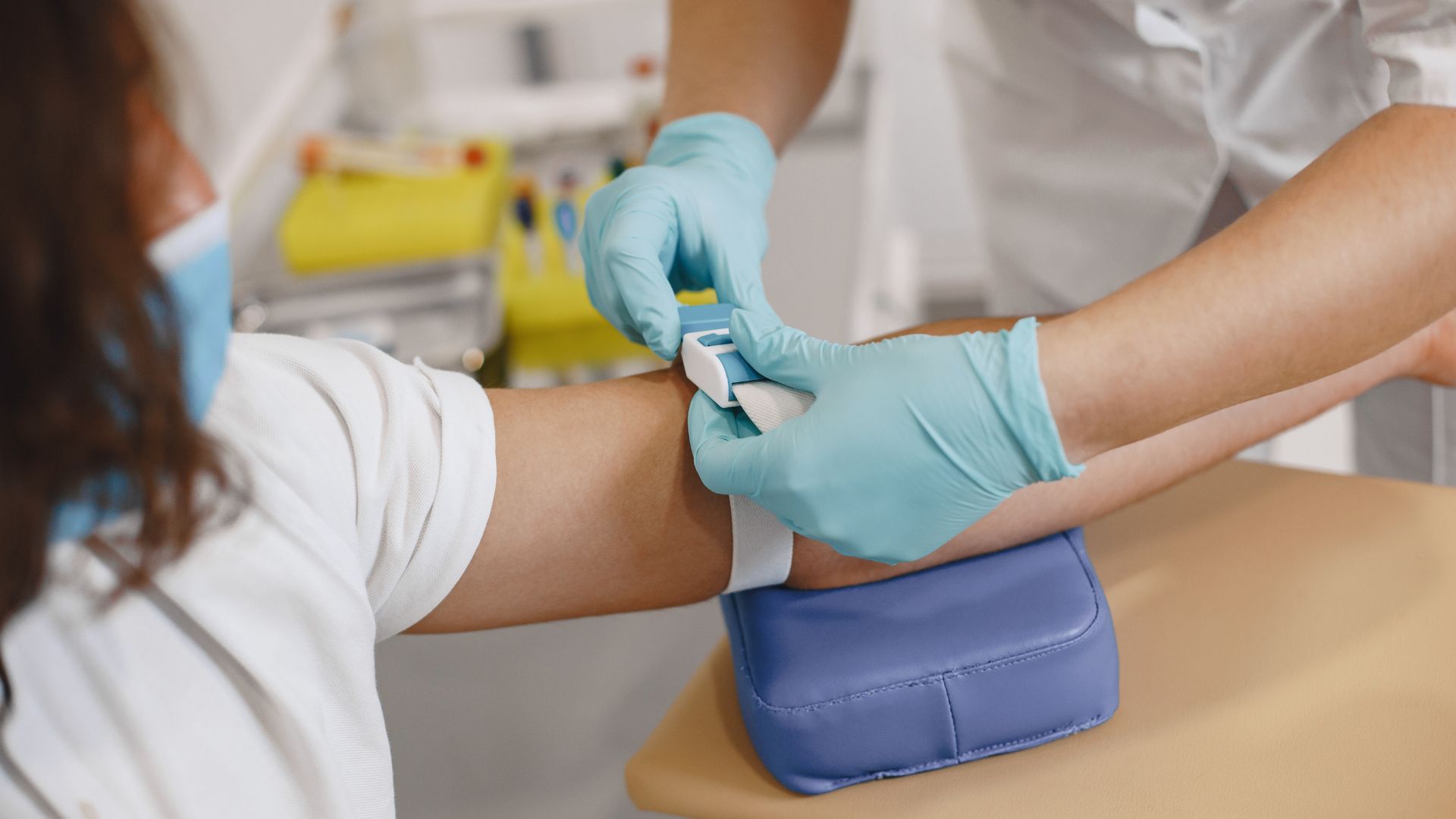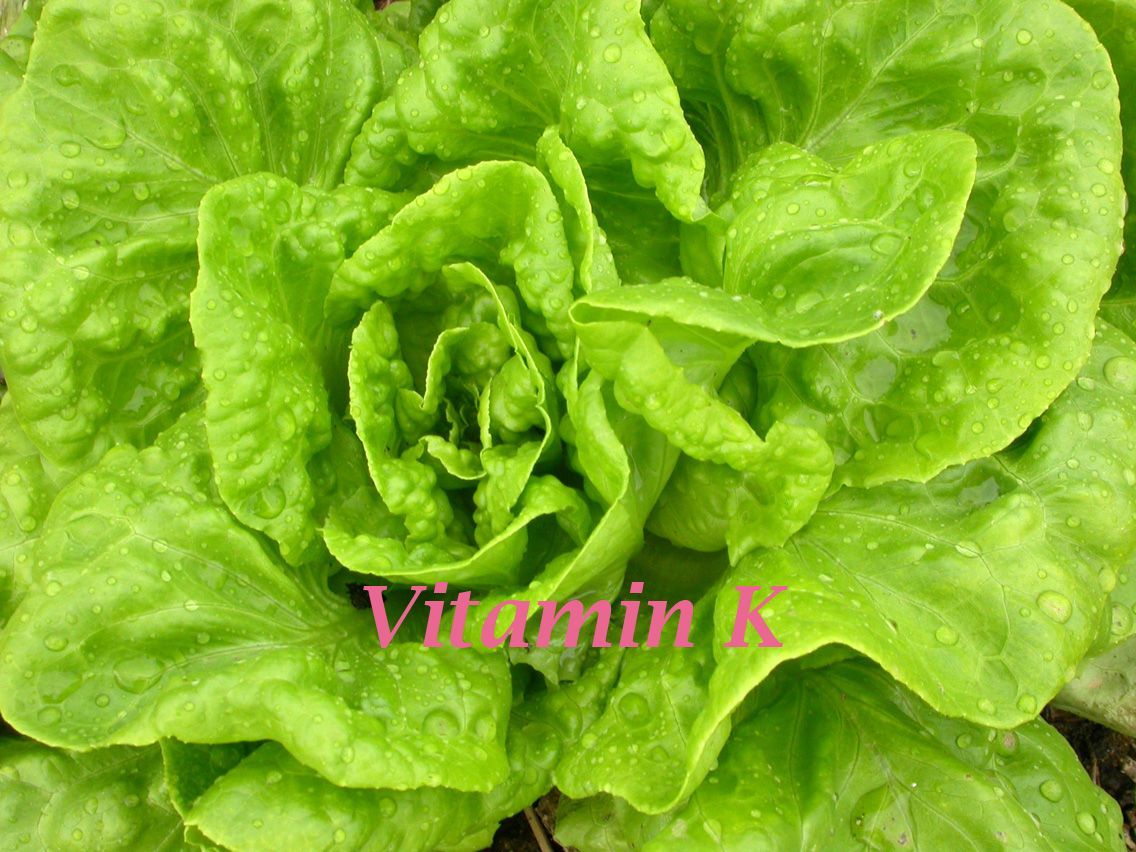Brain, muscles, cells… Sugar is essential for the proper functioning of our body. But be careful, too much sugar is dangerous, especially for diabetics.
There are two types of diabetes.
Type 1 is related to insufficient insulin secretion by the pancreas, while type 2 is caused by poor use of insulin by the body’s cells.
This pathology requires normalization of blood sugar levels to avoid complications. Therefore, patients must review their lifestyle by engaging in physical activity and following a healthy, balanced diet.
Diet is one of the key factors in managing type 2 diabetes. If this diet is not enough, these patients will have to take medication.
What is the role of insulin?
Insulin is one of the hormones that regulates blood sugar (glucose) levels. When sugar levels rise, as they do when we have just eaten, the pancreas releases insulin, which promotes the deposition of sugar in the muscles and liver. Without it, blood sugar levels would be too high. If blood sugar levels are too high, it can have serious negative effects on blood vessels.
Therefore, it is important to pay attention to the composition of your diet when you have high blood sugar.
Foods to avoid
People with type 2 diabetes should avoid skipping meals during the day. It is also recommended to avoid foods that increase the glycemic index.
These include :
- sweets
- alcohol
- white bread
- fried food
- instant rice
- mashed potatoes
- fruit with a high sugar content (bananas, cherries, mangoes)
If you have type 2 diabetes, you should get all the necessary nutrients from your diet and make sure that your blood sugar levels do not rise too high. But you can’t give up sugar completely either, because the treatment you are taking (medication or injections) lowers your blood sugar levels.
What foods should I eat if I have type 2 diabetes?
– Oil crops
Walnuts, almonds or hazelnuts are rich in healthy fats. Eaten pure (without salt or cooking), they help reduce insulin resistance.
– Beet Juice
Beet juice helps lower blood glucose levels within 15 minutes.
– Lemon
Rich in vitamin C and antioxidants, lemon helps lower the glycemic index and regulate blood sugar levels in diabetics. It can be used in meals or herbal teas. It should be drunk squeezed without added sugar for greater effectiveness.
– Ginger
Daily consumption of ginger reduces insulin resistance.
– Spinach
According to scientific research, regular consumption of spinach or green leafy vegetables reduces the risk of developing type 2 diabetes by 14%. The antioxidant and magnesium content of these foods is thought to play a beneficial role in controlling blood sugar levels.
– Avocados
Avocados are especially rich in good fats and soluble fiber. The latter are important in diabetics’ diets because they help regulate blood sugar levels.
If you are a type 2 diabetic, you can include avocados in your diet several times a week.
– Chili peppers
Chili increases insulin production by the pancreas.
– Garlic
Garlic contains compounds that help the liver regulate excess blood sugar.
– Onions
Onions contain quercetins (an antioxidant) and sulfur molecules that help lower blood sugar levels.
– Green Tea
Green tea contains epigallocatechin-3 gallate. This component plays an important role in reducing blood sugar spikes.
– Cinnamon
Have you tried adding a spoonful of cinnamon powder to your coffee? The result may surprise your palate. In addition to its strong taste, this spice has a number of benefits. It lowers blood glucose, lipid and cholesterol levels. It also has antioxidant properties.
– Peas
Fresh peas balance blood glucose levels due to the plant insulin they contain. Peas are especially effective after a meal when the blood sugar curve tends to rise.
-Oats
This fiber-rich cereal inhibits the rise in blood glucose levels. Oats can be eaten raw, as flakes, or cooked. In the form of flour or grains, the cereal can be used in sweet or savory dishes and as a thickener in soups, creams and smoothies. In other words, it can be used everywhere.
This list is far from exhaustive.








